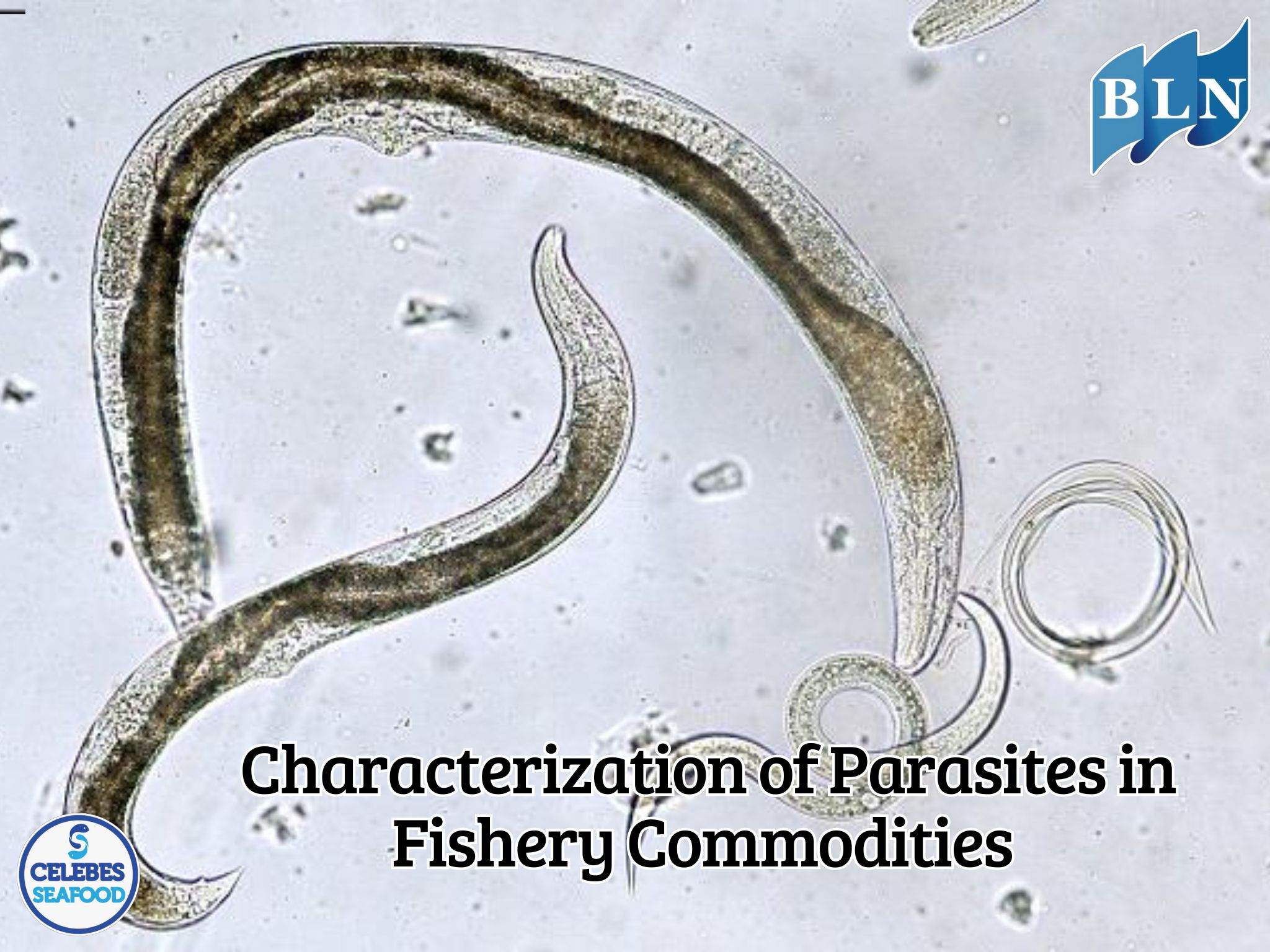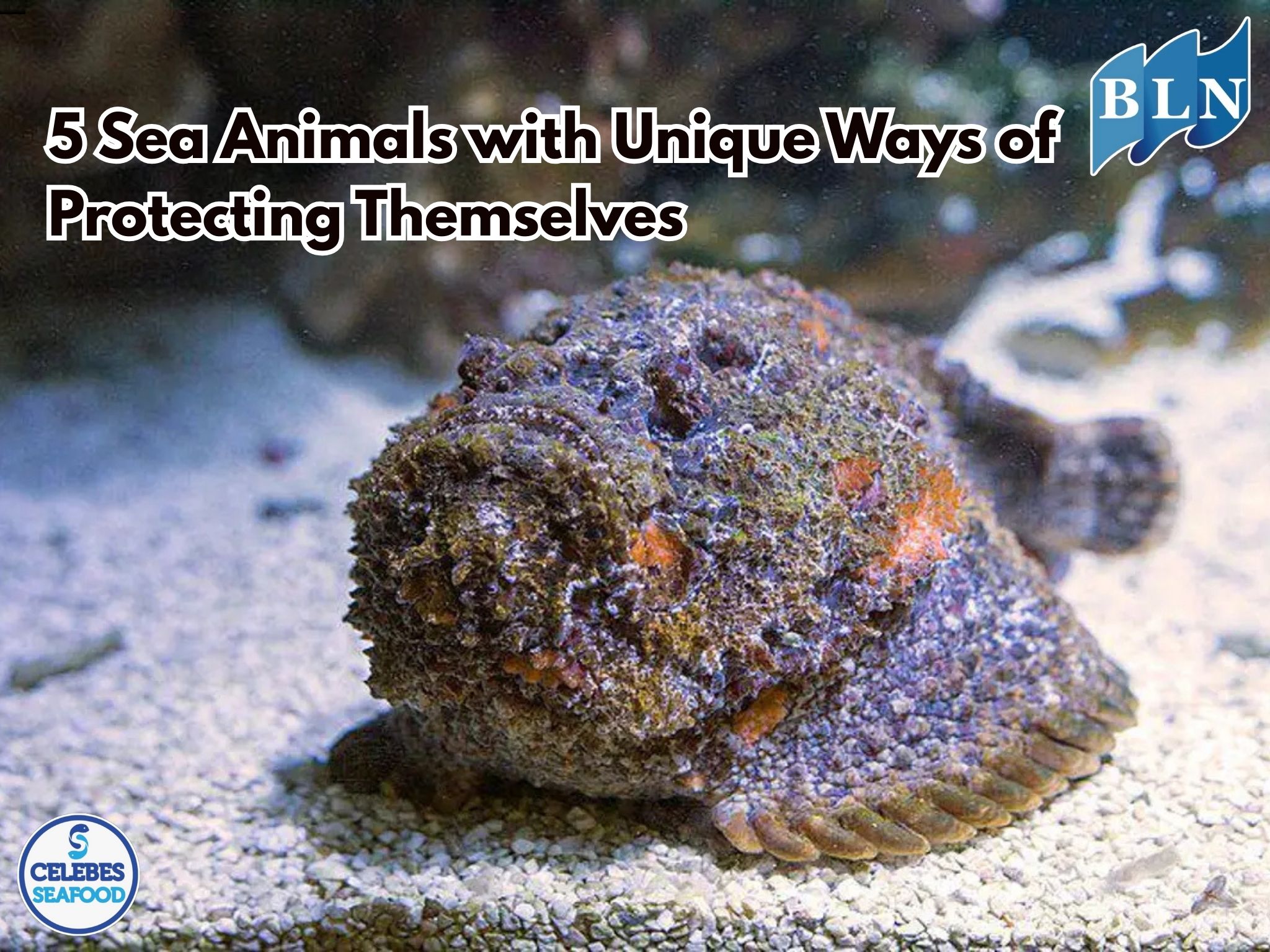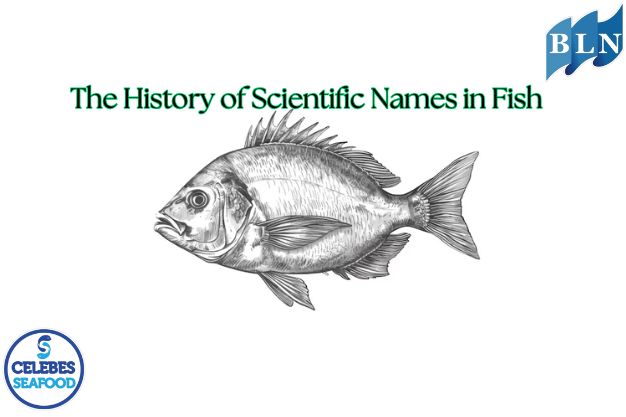Characterization of Parasites in Fishery Commodities
By. Rani - 31 Jul 2025
lautnusantara.com The high demand for fish consumption in Indonesia has led to an increased demand in the fisheries sector. This demand for fish is met through fishing and aquaculture activities. Both fishing and aquaculture are not free from disease problems caused by an imbalanced interaction between pathogenic organisms, hosts (fish), and environmental factors. Parasites are one of the pathogens causing infectious diseases in fish.
Severe parasitic infections can trigger secondary infections by bacteria, fungi, or viruses. Secondary infections begin with the appearance of lesions on the fish's body surface due to parasitic infections, which then serve as entry points for other pathogens. High levels of parasitic infection can cause mass mortality in fish, leading to significant losses for fish farmers. Other losses caused by parasitic infections in farmed fish include inhibited growth, longer rearing times, high feed conversion ratios, mass mortality, and decreased productivity. Parasitic infections in captured fish can lead to abnormal body shape and reduced fish weight, resulting in consumer rejection and impacting reduced fish consumption and fish quality.
The presence of parasites in food fish may potentially be zoonotic to humans. One such zoonotic parasite in humans is Anisakis. Raw or undercooked fish infected with Anisakis, if consumed by humans, can cause allergic reactions, gastrointestinal disorders (diarrhea), abdominal pain, and vomiting. Parasitic examination of fishery commodities aims to prevent the entry and spread of pathogens, especially fish parasites, so as not to cause disease in humans consuming fishery commodities before being trafficked through the Fish Quarantine, Quality Control, and Fishery Product Safety Center in Semarang.
Fish samples examined included koi fish (Cyprinus carpio), Nile tilapia (Oreochromis niloticus), catfish (Clarias sp.), Golden Black Molly fish (Poecilia sp.), and mackerel (Scomber scombrus), originating from several aquaculture locations in Semarang City and a fish processing plant in Semarang City. The parasite examination method used was the native method, which involves direct observation, both macroscopic and microscopic. Macroscopic observation was performed directly with the naked eye without using a microscope, while microscopic observation was performed directly under a microscope. Discovered parasites were morphologically characterized based on identification keys.
The results showed the presence of 5 genera of ectoparasites and 1 genus of endoparasite from both ornamental and food fish. The ectoparasites found were Trichodina, Chilodonella, Gyrodactylus, Dactylogyrus, and Argulus, while the endoparasite found was Anisakis. Observations of Trichodina revealed characteristics such as a circular shape, a body surrounded by cilia, denticles in the center, and a border membrane. Trichodina is a type of ectoparasite from the Ciliata group that frequently infests freshwater fish. Clinical signs observed in fish infested with Trichodina included frayed caudal, dorsal, ventral, and anal fins, excessive mucus on the body surface, fish constantly swimming to the surface, and dull body coloration. The Chilodonella ectoparasite found was oval-shaped, transparent green, and moved using cilia. Fish infested with this parasite exhibited pale coloration, excessive mucus production, frayed fins, and co-infection with fungus on the dorsal and ventral fins.
Observations of Gyrodactylus revealed an elongated, flattened shape with 2 anterior lobes (protrusions) and a posterior opisthaptor. The opisthaptor has a pair of anchors and its edges are surrounded by marginal hooks. Clinical signs of fish infested with Gyrodactylus included frayed caudal and dorsal fins, excessive mucus on the body surface, and fish constantly swimming to the surface. Characteristics of Dactylogyrus found included 4 anterior lobes and 4 eyespots, with a posterior opisthaptor containing a pair of anchors and marginal hooks. Clinical signs of fish infested with Dactylogyrus included fish constantly swimming to the surface and excessive mucus production on the gills and body surface.
Based on observations, the characteristics of Argulus found were a transparent body, a pair of eyespots, a pair of antennae 1, maxilla 1, maxilla 2, a seminal receptacle, a respiratory area, and 4 pairs of legs. Fish infested with Argulus experienced bleeding on the ventral and caudal fins, excessive mucus production, and abnormal swimming movements such as rubbing their bodies. Based on observations, Anisakis was elongated, white, with its body divided into anterior and posterior parts. A characteristic feature of Anisakis is the presence of a thorn-like mucron located on the posterior part of the body. Symptoms in fish infected with Anisakis include weight loss, swelling near the digestive tract, gastrointestinal disturbances in the fish, and reduced food absorption in the fish's intestines. If fish infected with Anisakis are consumed by humans, it can cause allergic reactions, gastrointestinal disorders such as diarrhea, abdominal pain, and vomiting, because Anisakis is zoonotic to humans.




.jpg)



